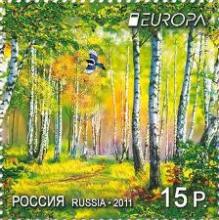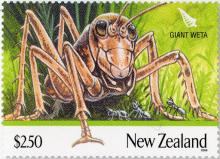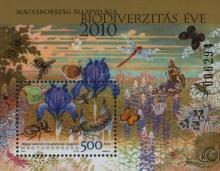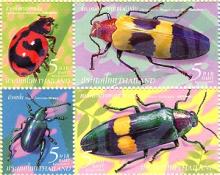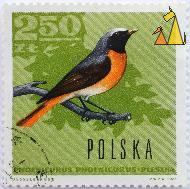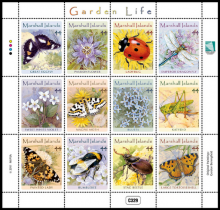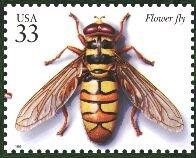Imidacloprid is widely used as home garden insecticide to control many of the common pests associated with flowers
Home gardeners are confronted with many potential insect problems. The types of problems will depend on their location, the health of their plants, and the types of plants they grow. Depending on the type of plant, problems can range from rare to frequent. Imidacloprid is widely used on ornamental plants to control many of the common pests associated with flowers (ants, aphids, cutworms, grasshoppers, leaf beetles, leafhoppers, mealybugs, pillbugs or sowbugs, plant bugs, rose slugs, thrips and whiteflies).


